India Is The World’s Biggest Vaccine Maker. Yet Only 4% Of Indians Are Vaccinated

Enlarge this image
On June 25, people queued up to register for a COVID-19 vaccine at a site outside a Hindu temple in Hyderabad. Vaccinations are now being administered after a series of missteps led to a shortage of doses. If all goes well, India’s public health agency hopes to be vaccinating up to 10 million people a day by late July.
Noah Seelam/AFP via Getty Images
hide caption
toggle caption
Noah Seelam/AFP via Getty Images

A medical worker observes COVID-19 patients in a sports stadium converted into a care facility. At the peak of the pandemic in India, there were over 400,000 cases — and 4,500 deaths — a day. Numbers are now starting to decline.
Getty Images
hide caption
toggle caption
Getty Images
On Tuesday, India confirmed 37,566 new coronavirus cases — less than a tenth of what it was seeing at its peak last month. As the country emerges from the world’s biggest and deadliest COVID-19 outbreak, scientists and policy makers say vaccinations will be key to India’s safety, confidence and economic recovery. Small business owners like Gala agree.
But so far, only about 4% of people in India are fully vaccinated. And scientists say another COVID-19 wave may hit India this fall.
The Government’s Insufficient Order
That’s a surprising position for the country that’s home to the world’s biggest vaccine manufacturer, the Serum Institute of India. It has long churned out more vaccine doses by volume than any other company, even before the coronavirus pandemic.
Enlarge this image
A technician at India’s Serum Institute, the world’s largest manufacturer of vaccines, waits to collect vials containing vaccine after they pass through a machine that checks for bottling and vaccine substance deficiencies. For a number of reasons, the supply of COVID vaccines for Indians has fallen short. So far only 4% of the population has been vaccinated.
Viraj Nayar for NPR
hide caption
toggle caption
Viraj Nayar for NPR
Enlarge this image
Adar Poonawalla is the CEO of the Serum Institute of India, the world’s largest vaccine manufacturer. In late April, amid rising public anger over shortages of vaccines, Poonawalla left India for the United Kingdom. He told a British newspaper he faced «threats and aggression from VIPs in India who couldn’t get their shots. He returned to India in June.
Sanjit Das (photo of Cyrus Poonawalla) and Dhiraj Singh (photo of Adar Poonawalla)/Bloomberg via Getty Images
hide caption
toggle caption
Sanjit Das (photo of Cyrus Poonawalla) and Dhiraj Singh (photo of Adar Poonawalla)/Bloomberg via Getty Images
Credit: Viraj Nayar for NPR. Vials with the vaccine pass through a visual screening machine that checks for any deficiencies in the vaccine substance or bottling.
The Indian government eventually did up its order and even donated tens of millions of doses as a gesture of goodwill to neighboring countries – and, analysts say, to compete with Russia and China, which have been selling and donating their own vaccines around the world.
Then a second wave of COVID-19 exploded across India – and the country desperately needed those vaccines it had given away.
‘A Series Of Missteps’ Amid Increased Demand
Throughout April and May, Indians died of COVID-19 in record numbers. Many couldn’t get ambulances. Hospitals ran out of oxygen. At its peak, India was confirming more than 400,000 coronavirus cases a day and more than 4,500 daily deaths. But the real numbers may be many multiples higher because coronavirus testing collapsed too.
Amid rising demand for vaccines at home, the Indian government quietly cut back on vaccine exports in April, redirecting those doses to the domestic population.
«It’s unofficial of course, but India is going to be using all the vaccine manufactured in the country, says Malini Aisola, one of the leaders of the All India Drug Action Network (AIDAN), a health-care watchdog. «There is nothing left for export.
In late May, Serum acknowledged that it would be unable to supply coronavirus vaccines to COVAX, the WHO’s program to distribute vaccines to lower-income countries, until the end of this year. Serum was supposed to be the program’s biggest supplier. In addition to COVAX, dozens of countries had placed orders with Serum and in some cases even paid for vaccines they never received.
A worker surrounded by boxes of vaccines in the cold storage unit of the Serum Institute of India. In addition to manufacturing the AstraZeneca coronavirus vaccine, the institute produces vaccines for measles, tetanus and many other diseases. But the supply of COVID vaccines for India — and COVAX, the global vaccine program — has been problematic.
Viraj Nayar for NPR
hide caption
toggle caption
Viraj Nayar for NPR
Meanwhile in India, even with all of Serum’s output redirected domestically, there still wasn’t enough. Hundreds of vaccine centers across the country were forced to close temporarily in April and May for lack of supplies. Hundreds of thousands of Indians who’d managed to get a first dose couldn’t get a second one.
On May 1, shortages were further exacerbated when the Indian government opened up vaccinations to all adults age 18 and up – without enough supply. At the time, health and frontline workers still hadn’t all been inoculated. Huge lines formed at vaccine centers across the country, and thousands of them ran out of shots and had to shut again.
In mid-May, the government also lengthened the interval between doses of the Oxford-AstraZeneca vaccine, requiring people to wait 12 to 16 weeks for a second dose. The government denies it was rationing vaccines, and defended the interval decision as based on scientific data. But members of the government’s own scientific advisory board told Reuters they did not back the decision.
Enlarge this image
A technician at the Serum Institute checks for any deficiencies in vaccine doses and vials.
Viraj Nayar for NPR
hide caption
toggle caption
Viraj Nayar for NPR
Enlarge this image
A health official checks data on the Indian government’s Co-WIN website.
Naveen Sharma/SOPA Images/LightRocket via Gett
hide caption
toggle caption
Naveen Sharma/SOPA Images/LightRocket via Gett

Enlarge this image
A health worker inoculates a woman with a dose of the Covishield vaccine at a drive-in vaccination center on a shopping mall parking lot in Kolkata on June 4.
Dibyangshhu Sarkar/AFP via Getty Images
hide caption
toggle caption
Dibyangshhu Sarkar/AFP via Getty Images
A health worker inoculates a woman with a dose of the Covishield vaccine at a drive-in vaccination center on a shopping mall parking lot in Kolkata on June 4.
Dibyangshhu Sarkar/AFP via Getty Images
Vaccinating quickly, ‘preparing for a third wave.’
Dr. Daksha Shah isn’t taking any chances. She’s a municipal health official in Mumbai — where, despite declining infections, she’s setting up new field hospitals.
«We’re slowly opening up the economy, plus doing the vaccination drives — but at the same time, we are keeping a watch on daily positivity [rates] and on bed occupancy in the hospitals, Shah says. «So we are preparing for the third wave also in case it happens.
India’s second COVID-19 wave was spread in part by attendees at a huge religious gathering in April on the banks of the Ganges River. Again this month, thousands of faithful gathered there to take a ritual dip in the river they consider most holy – despite local rules banning large gatherings.
«We have taken a bit of risk in coming here, one devotee told local TV. «But we have taken all the safety precautions, like masks and hand sanitizers.
Meanwhile, whenever you make a phone call in India these days, you hear a similar message: «Wear your mask properly, wash your hands frequently, and yes, do not forget to take your vaccine on your turn.
It’s a COVID safety message from the government that plays before the ringtone for all phone calls.
Hundreds of millions of Indians would like to heed that call – including Rekha Gala, the photocopy shop owner in northern Mumbai.
But she’s still waiting her turn for a second dose of COVID-19 vaccine. And she only managed to book an appointment for her first dose, with help from a local politician. She reached out to him after having trouble booking an appointment on CoWIN.
«The government is trying its best, but sometimes you have to go around and use your connections. It’s difficult. We have to take care, Gala says.
Right after she got her first dose, the government changed the rules, and she has to wait 84 days for her second dose. She says she just hopes another wave of COVID-19 doesn’t hit Mumbai before that.
NPR producer Sushmita Pathak contributed to this story from Hyderabad, India.
- Serum Institute
- covid vaccine
- pandemic
- India
- Vaccines
Обсудим?
Смотрите также:

